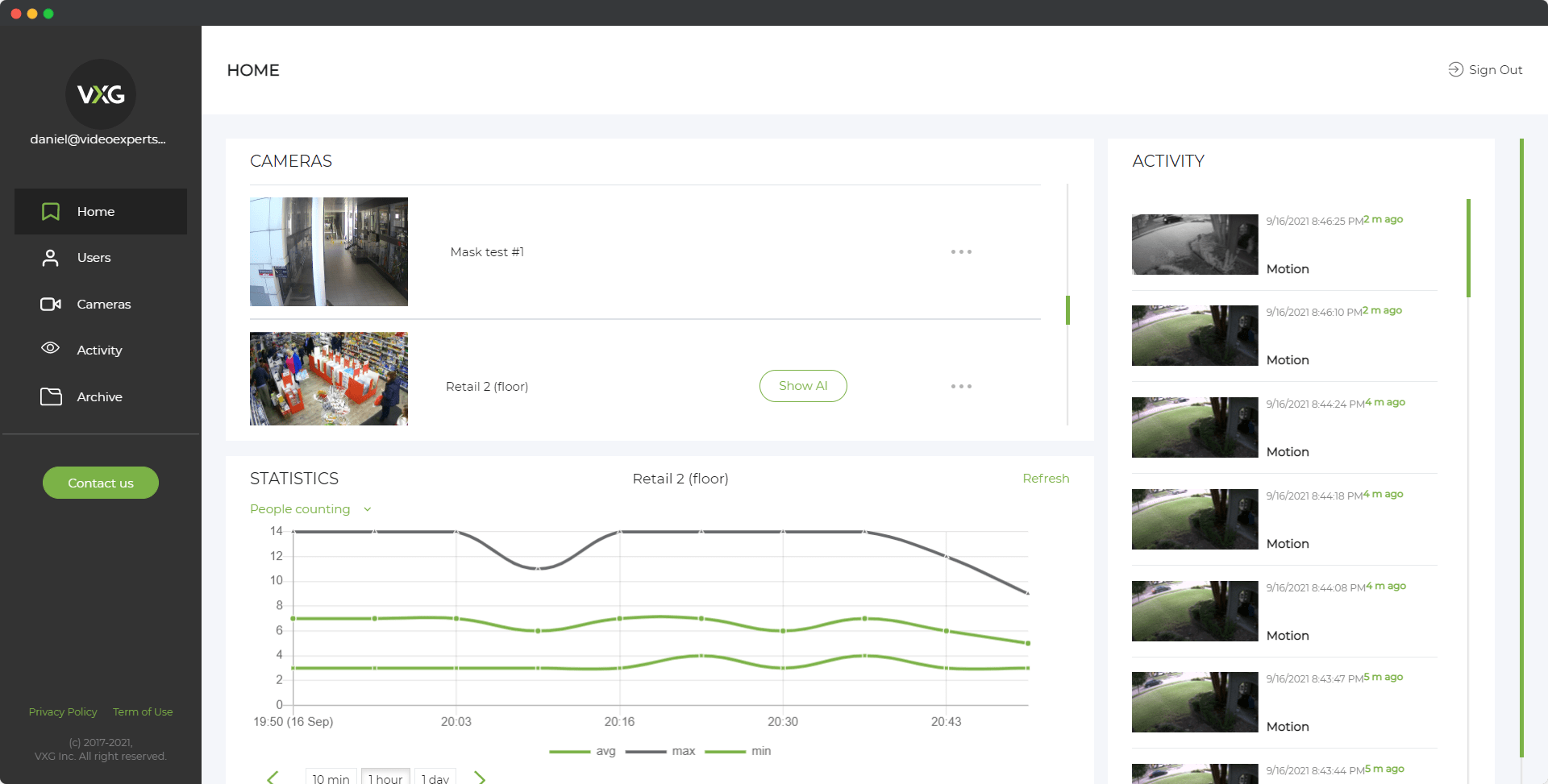Graphics Processing Units (GPUs) are fundamental components in modern computing, designed to handle complex graphics and parallel processing tasks. Whether you're playing video games, designing in 3D, or using artificial intelligence applications, GPUs significantly enhance performance by accelerating calculations. Their role in computing has grown beyond just graphics, now serving as key enablers in various fields such as scientific research, machine learning, and cryptocurrency mining.
Meaning
A Graphics Processing Unit (GPU) is a specialized processor developed to perform computations required for rendering images, videos, and animations. Unlike a CPU (Central Processing Unit), which handles general-purpose tasks, a GPU is optimized for parallel processing. This means it can process thousands of operations simultaneously, making it ideal for tasks that involve massive amounts of data, like graphics rendering and machine learning.
GPUs come in two main types:
- Integrated GPUs: Built into the same chip as the CPU, these are commonly found in laptops and entry-level PCs. They share memory with the CPU and are less powerful but more energy-efficient.
- Dedicated GPUs: Separate hardware with its own memory, these are used in gaming, professional design work, and computational tasks that demand high performance.
How Does a GPU Work?
A GPU works by processing multiple tasks simultaneously using its vast number of cores. These cores execute instructions in parallel, breaking down complex tasks into smaller pieces and solving them simultaneously. Here's how it functions:
- Input Data: The GPU receives data, such as 3D models or video frames, from the CPU.
- Parallel Processing: The data is divided into smaller chunks, each handled by individual cores. For instance, rendering a 3D model might involve calculating lighting, texture mapping, and shading simultaneously.
- Output Data: The processed data is sent back to the CPU or directly to the display for visualization.
GPUs use specialized memory called Video RAM (VRAM) to store temporary data, enabling faster access compared to standard RAM. This ensures that rendering tasks are completed efficiently and smoothly.
GPU Example
One example of a popular GPU is the NVIDIA GeForce RTX 3080, part of NVIDIA's RTX 30 series. This GPU is designed for high-performance gaming and creative applications, featuring:
- CUDA Cores: 8,704 cores for parallel processing.
- VRAM: 10 GB of GDDR6X memory for handling high-resolution textures and large datasets.
- Ray Tracing: Real-time ray tracing for realistic lighting and shadows in games.
- AI Features: NVIDIA’s DLSS (Deep Learning Super Sampling) uses AI to enhance frame rates while maintaining image quality.
Another well-known GPU is the AMD Radeon RX 6800 XT, a competitor to NVIDIA's offerings, praised for its value and performance balance.
Which GPU is Better?
Choosing the better GPU depends on your specific needs:
-
For Gaming:
NVIDIA's GPUs often excel in gaming due to their advanced features like DLSS and ray tracing. AMD GPUs, however, are generally more affordable for similar performance levels. -
For Professional Work:
NVIDIA’s Quadro series and AMD’s Radeon Pro series cater to professionals in 3D rendering, video editing, and CAD applications. NVIDIA has a slight edge in software support and specialized features. -
For AI and Computing:
NVIDIA's GPUs dominate in AI and data processing tasks, with their CUDA architecture and Tensor Cores providing unmatched performance. -
For Budget Builds:
AMD often offers better price-to-performance ratios for those with limited budgets. Integrated GPUs from Intel or AMD are also suitable for non-demanding tasks.
FAQ
GPUs are versatile and essential components for modern computing, capable of delivering outstanding performance for a wide range of applications. Choosing the right GPU depends on understanding your needs and the specific tasks you wish to perform.
















